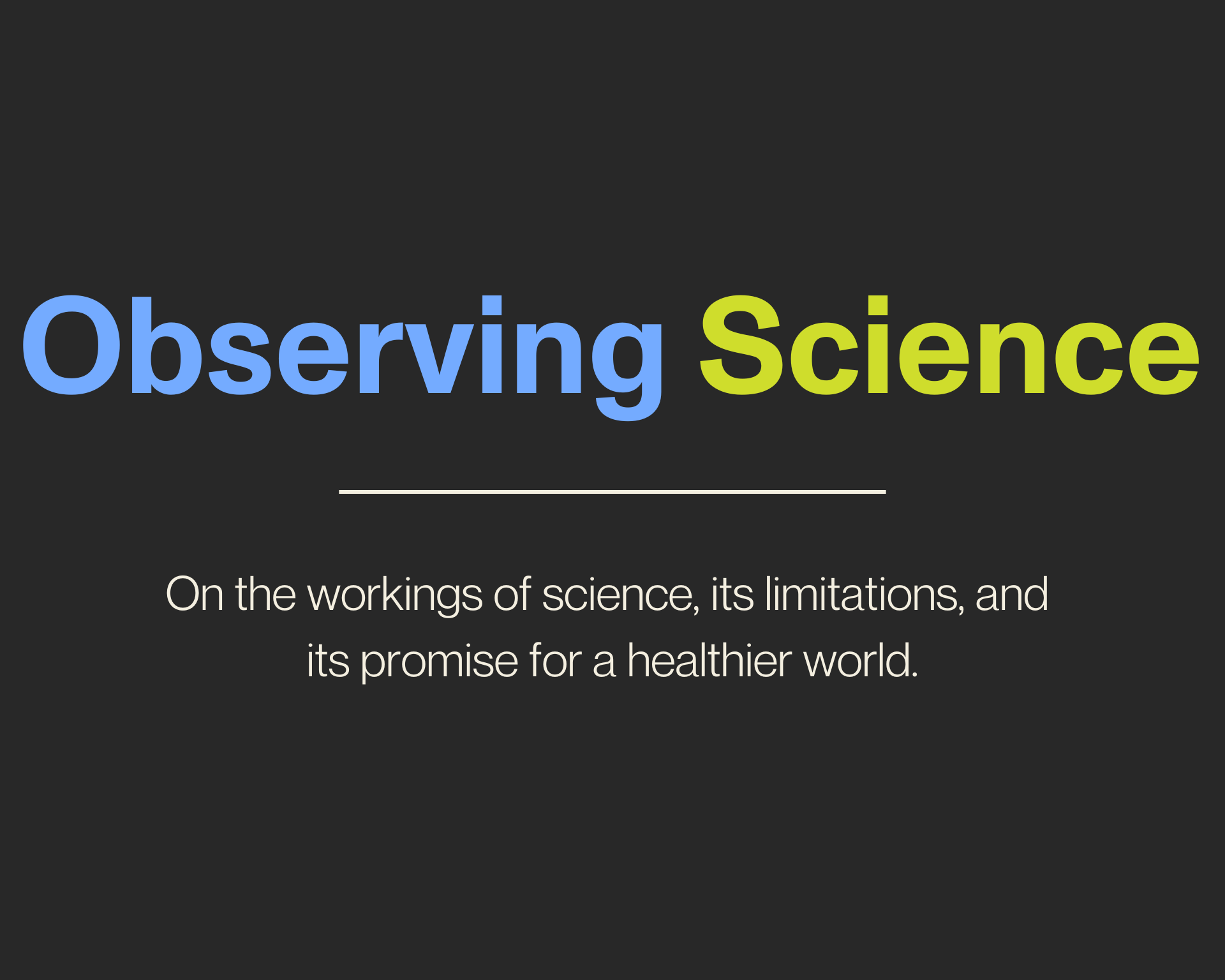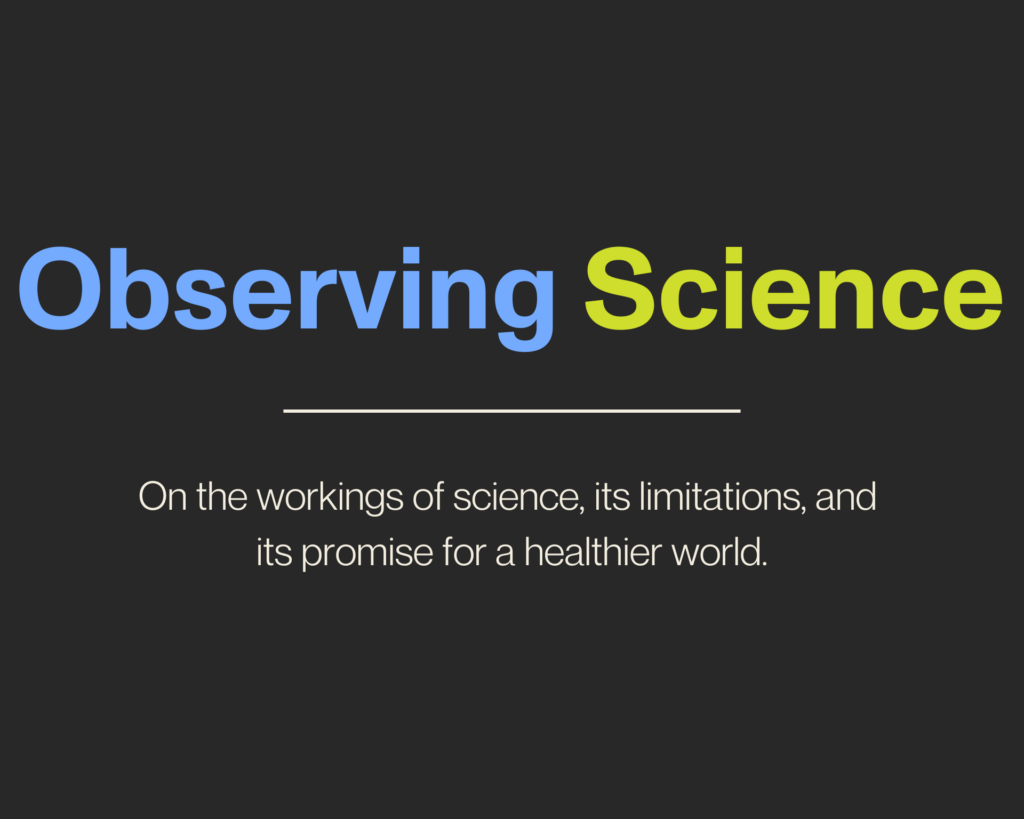Can Science Be Done More Efficiently?
In an age that craves efficiency in all that we do, is it reasonable to ask for more efficient, perhaps faster science? We are not so sure.

Read Time: 4 minutes
Published:
Sir Francis Crick and James Watson are towering figures in science for identifying the double helical structure of DNA. But they perhaps loom even larger in the public imagination for their race to be the first to identify this structure, a science thriller immortalized in Watson’s book The Double Helix. The book became a bestseller and remains to this day a gripping account of what seemed to be feverishly fast science, a competition racing towards an Eureka-moment of discovery.
This is a very partial picture of what science looks like, though. Science is generally slow, plodding even, with discovery after discovery unfolding systematically over many years. Even the story of DNA is nowhere near as dramatic and fast-paced as our memory of the headline-grabbing identification of the double helix would suggest.
DNA itself was first discovered by Swiss chemist Friedrich Miescher, labeling it “nuclein” in 1869, as identified in the nuclei of white blood cells. Other scientists, particularly Russian biochemist Phoebus Levene, made seminal contributions, including the identification of the polynucleotide structure of nucleic acid in 1919. So, far from Watson and Crick’s work being a thunderbolt, a rapid leap in discovery, their work—published in 1953—represented the culmination of almost a hundred years of science. While Max Weber was referring to politics, his formulation of a “slow boring of hard boards” applies equally well to the work of science. It takes time and builds over years, decades, and even centuries.
Science drives innovation and economic growth; we want it to be efficient to maximize knowledge and prosperity. But does science behave like an economic system with a currency that is traded—citations, ideas, inventions? Yes, but science could perhaps be more efficient if scientific competitors shared ideas faster or offered more help to peers. These habits, though, are constrained by culture and habit and career trajectories. At the same time, there have been certain practices and institutions that have been established to improve efficiency: the “living libraries” of cell lines have streamlined biomedical science, and machine learning and artificial intelligence models will likely play an increasing role in accelerating scientific advances in the years ahead.
[I]n truth, the cost of effective science is often, for societies, well worth the wait.
Efficiency implies that there is some way that we can track the rate of scientific advance and also its value. Every scientist wants to accelerate her process, go faster, break the work into pieces, and keep going. Set tasks and dates, and deadlines. But it is difficult to be efficient given the deluge of published research.
We wonder, too, if it is even reasonable, in an age that craves efficiency in all that we do, to ask for more efficient, perhaps faster science? We are not so sure. As others have noted, faster science may be a greater danger to the world, and perhaps what we need—particularly in light of recent high-profile failures of science—is slower, not faster science. Scientists want to go fast, but also agree to dogged pursuit as part of their work.
Such slow work is also expensive. The largest funder of biomedical research in the world, the U.S. National Institutes of Health, has had an annual budget of close to $50B. While precise estimates are difficult, a number of papers that have tackled the topic suggest that it costs from $20,000 to $100,000 in funding per published academic paper. Recognizing that most scientific papers have scant citations, the costs for society of funding science, most of which make at best a gentle ripple in our ocean of knowledge, are not inconsiderable.
But, in truth, the cost of effective science is often, for societies, well worth the wait. NIH, at its best, tries to ensure that scientific frontiers that might be overlooked get attention and resources, which is another type of efficiency. Immunotherapy and CRISPR gene-editing technology, which have transformed medical treatment, were built from decades of NIH support. NIH interest has been shown to return nearly $2.5 for every $1 of research funding. That is not a bad investment for short-term impact at a time when the increasing depth of scientific knowledge can make breakthroughs take longer.
Previously in Observing Science: Unreliable Science




